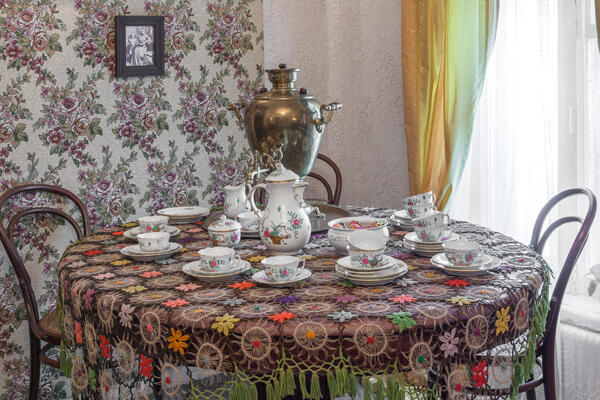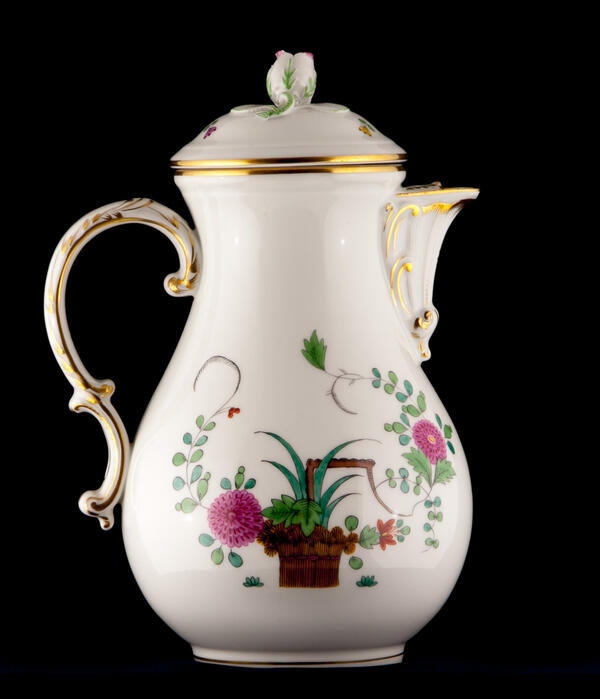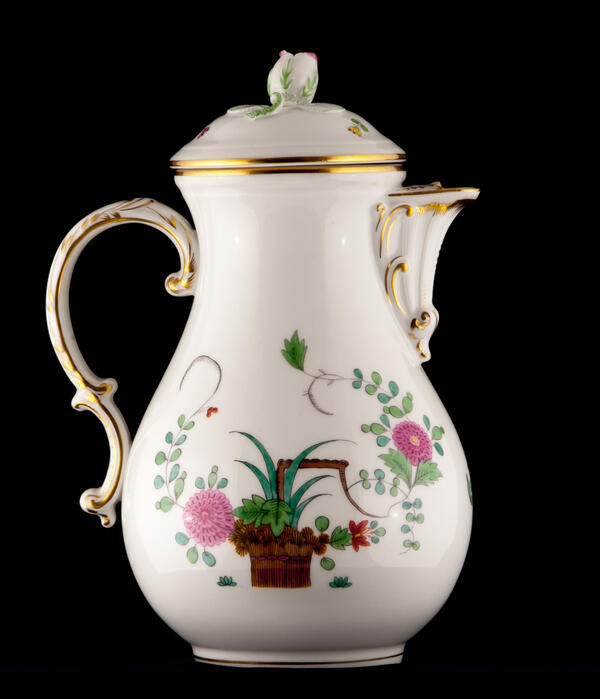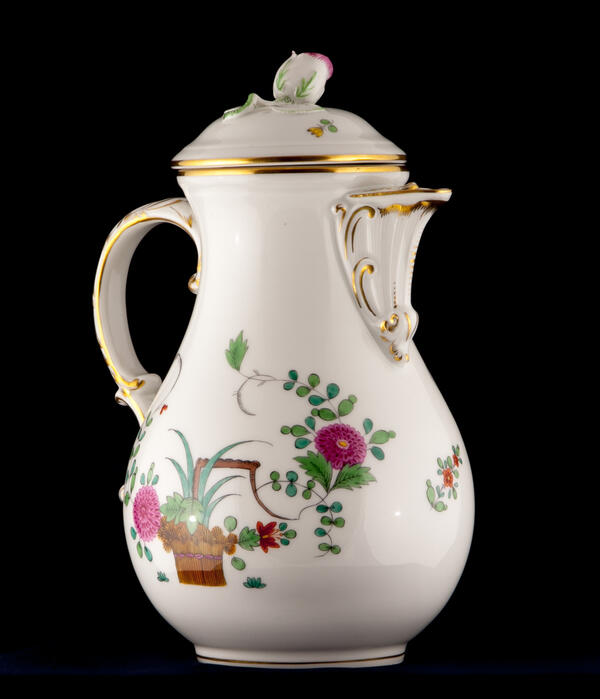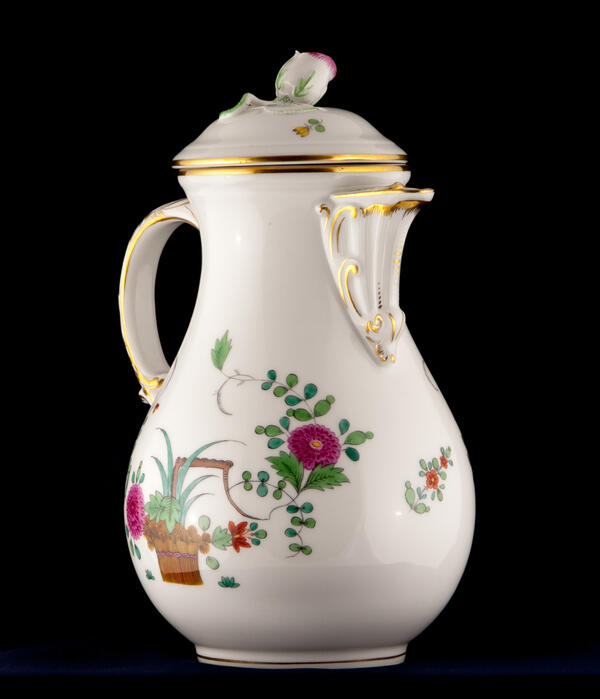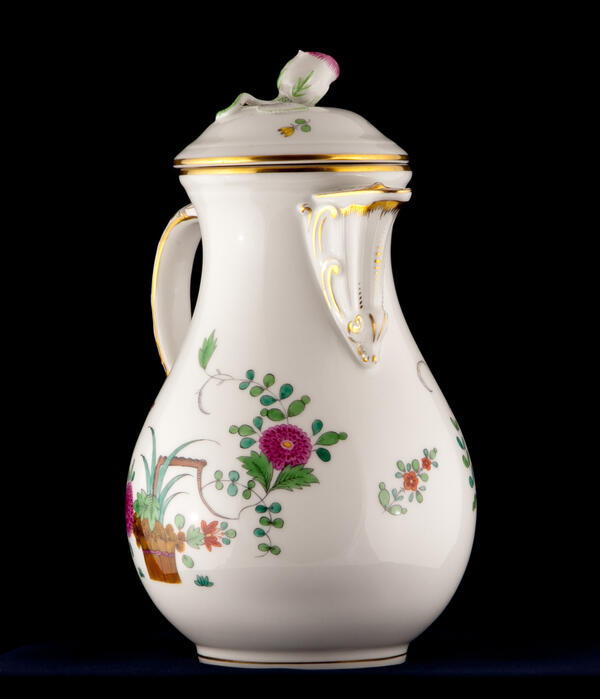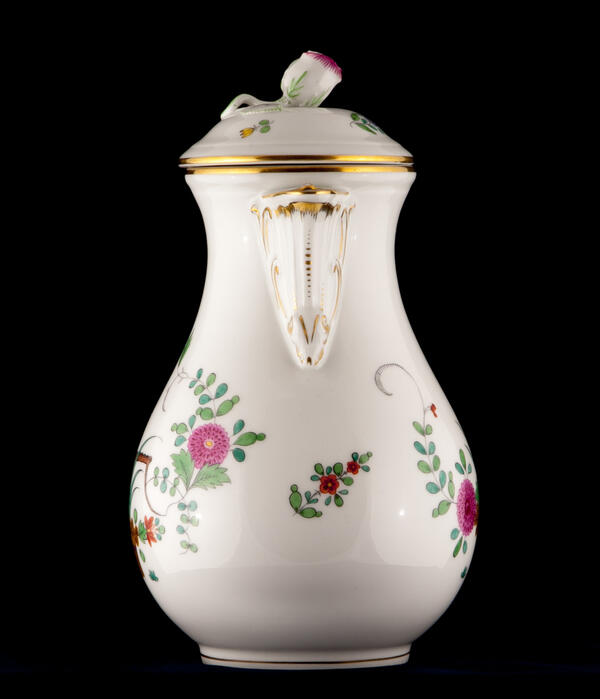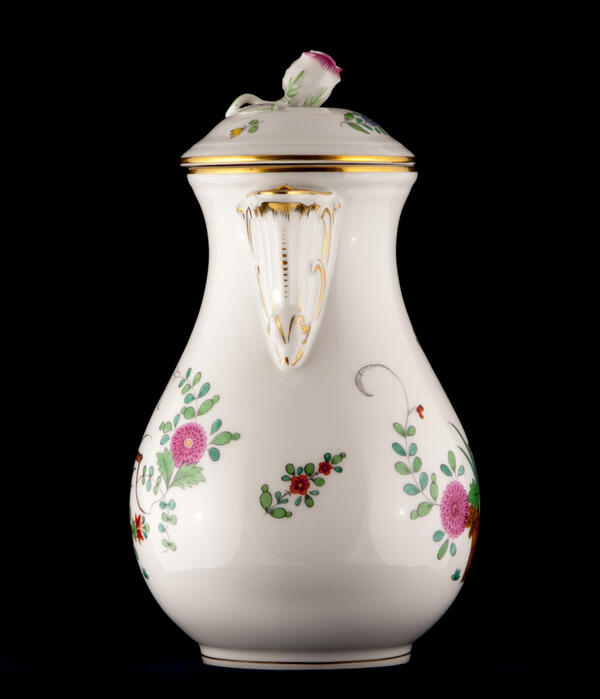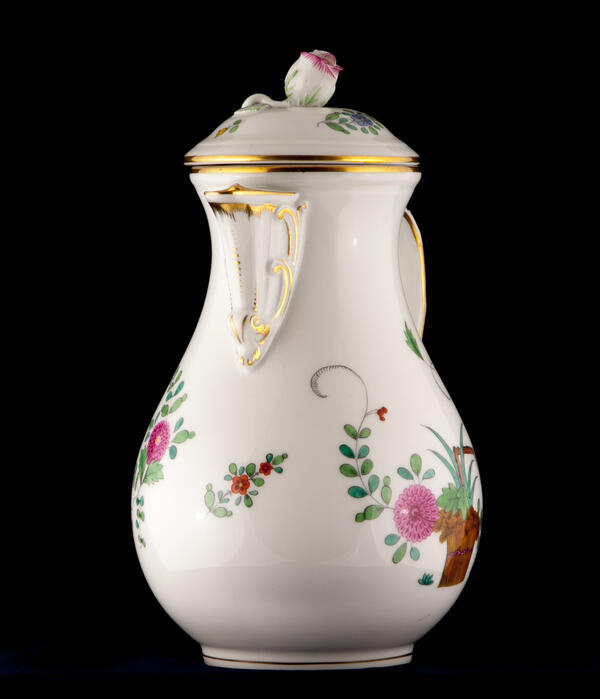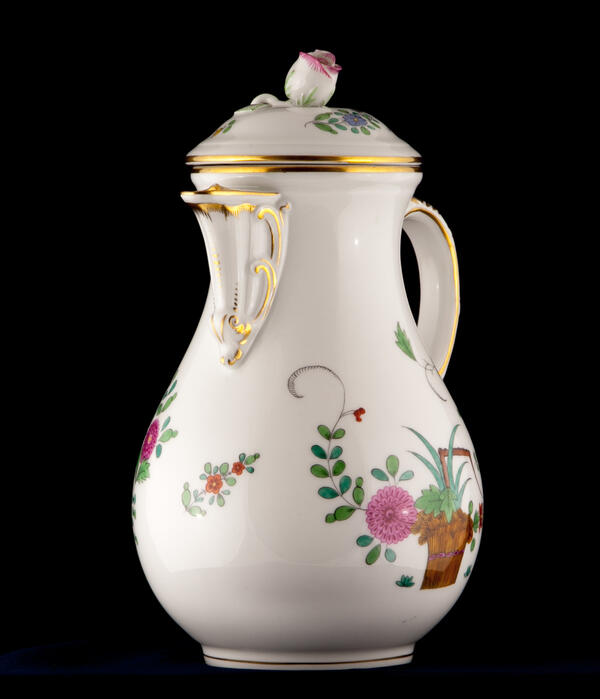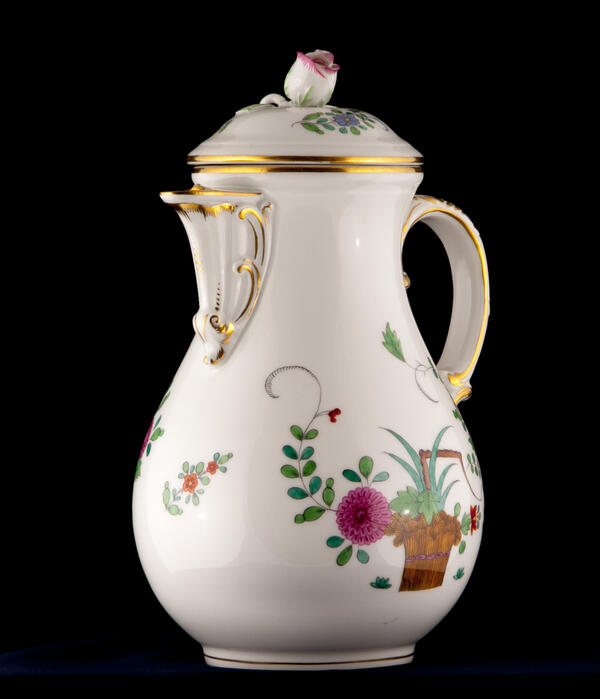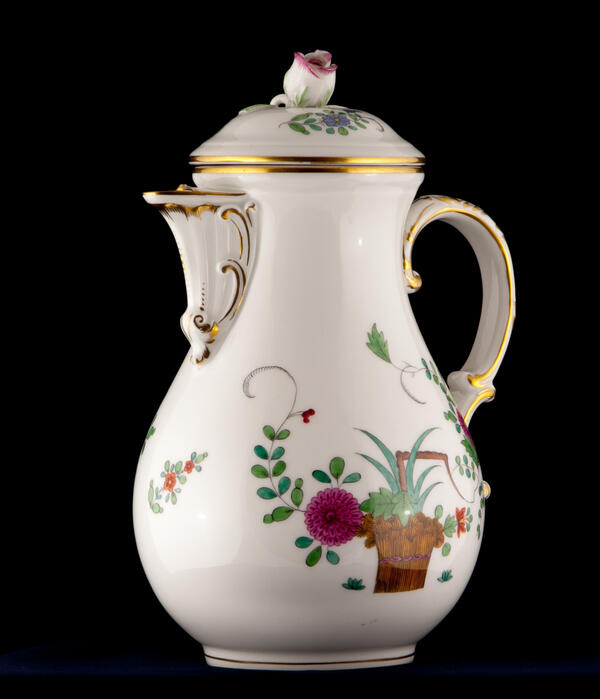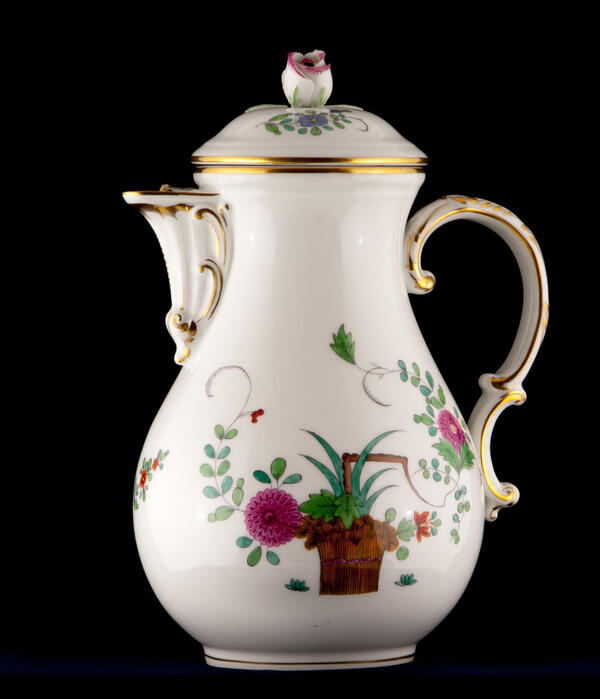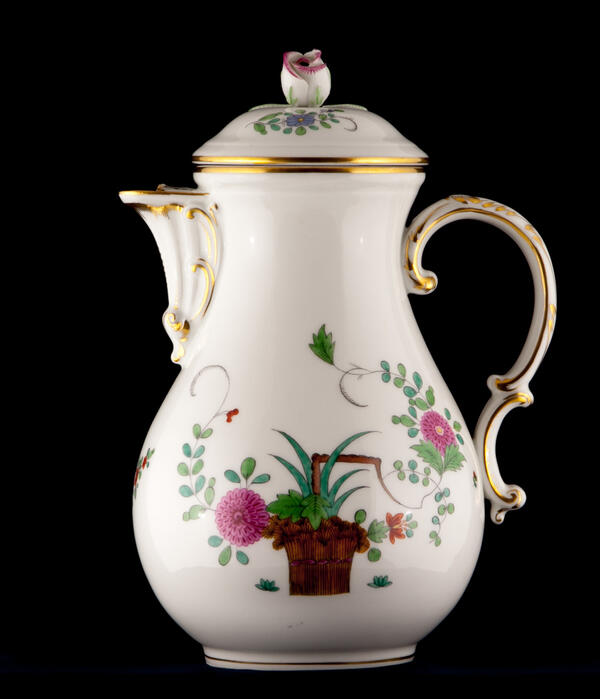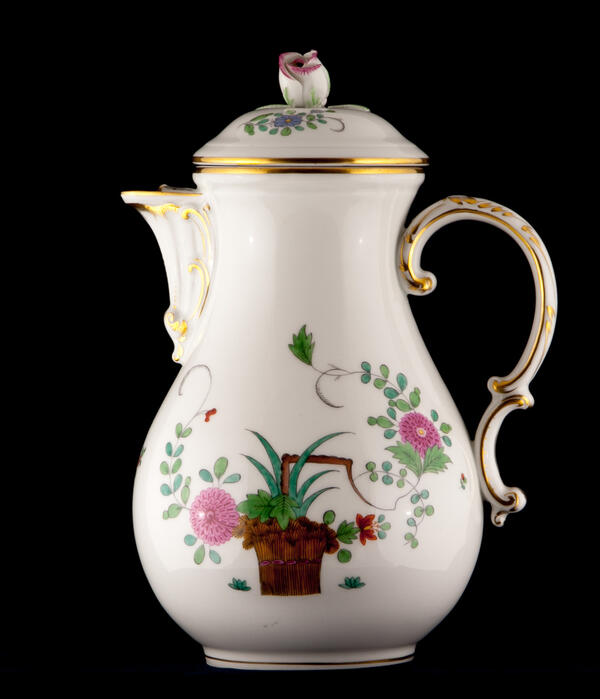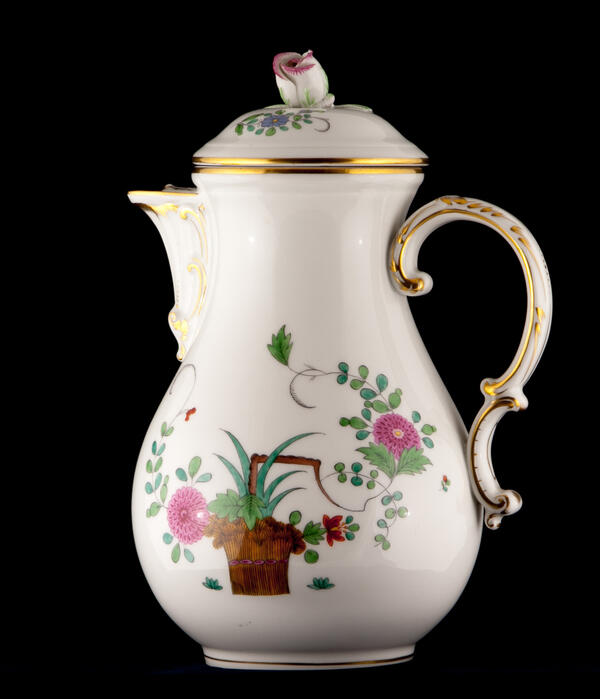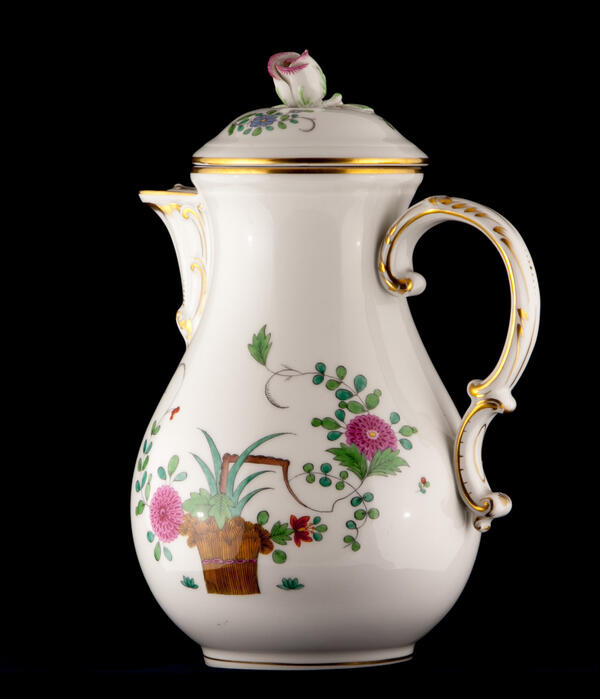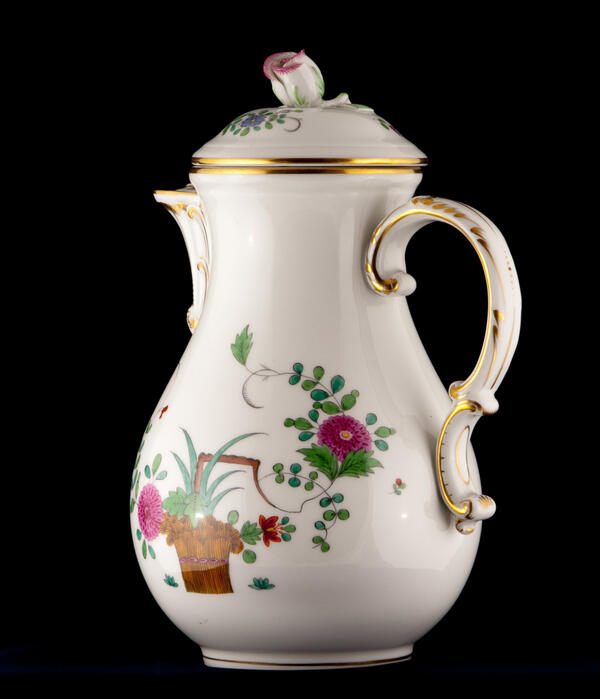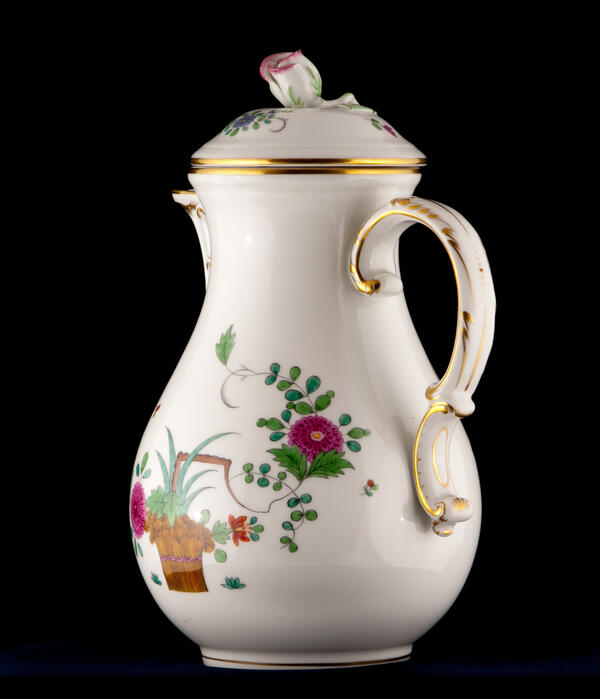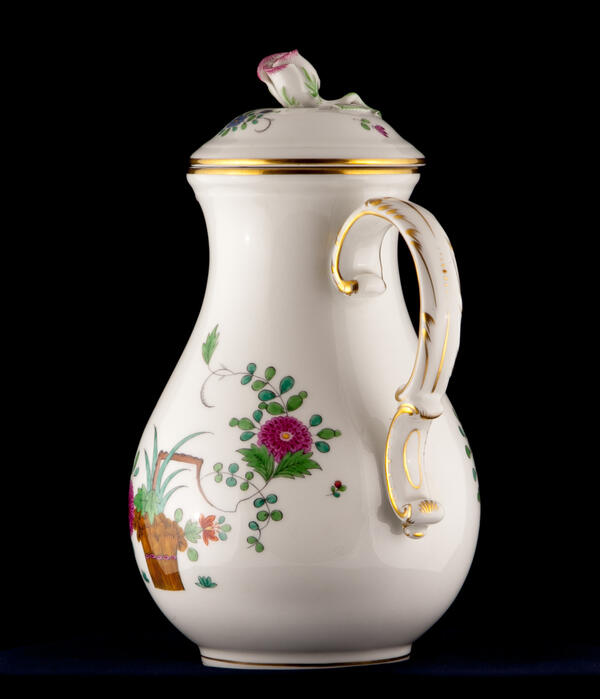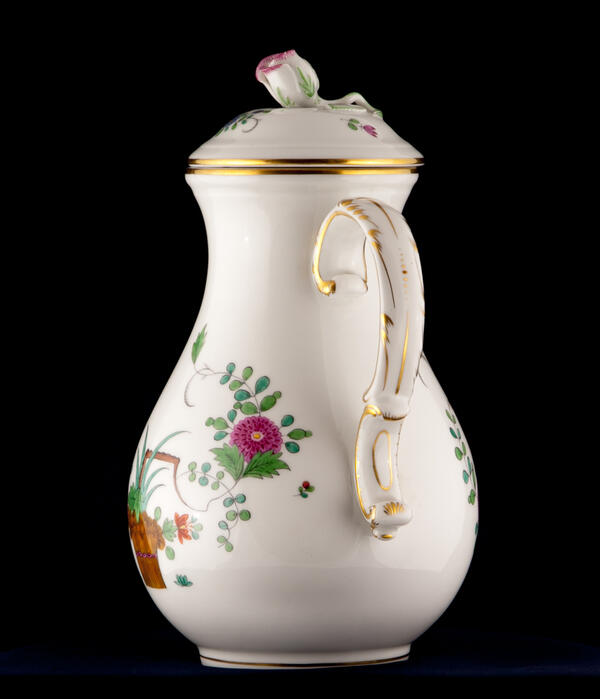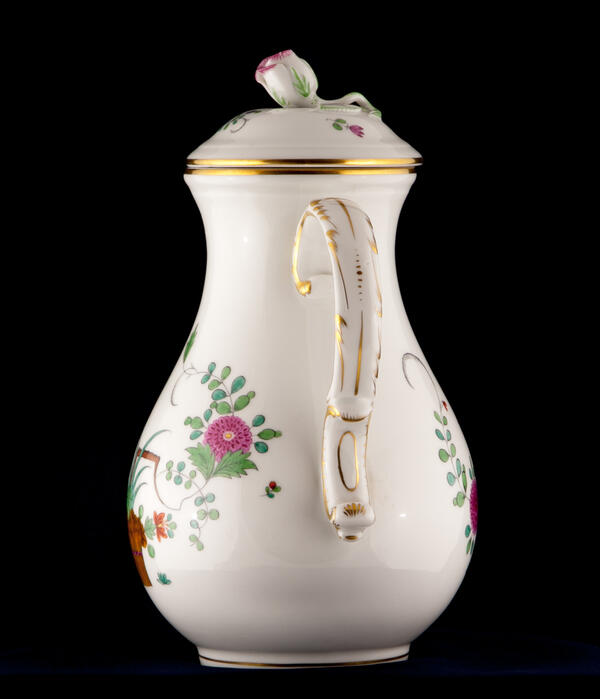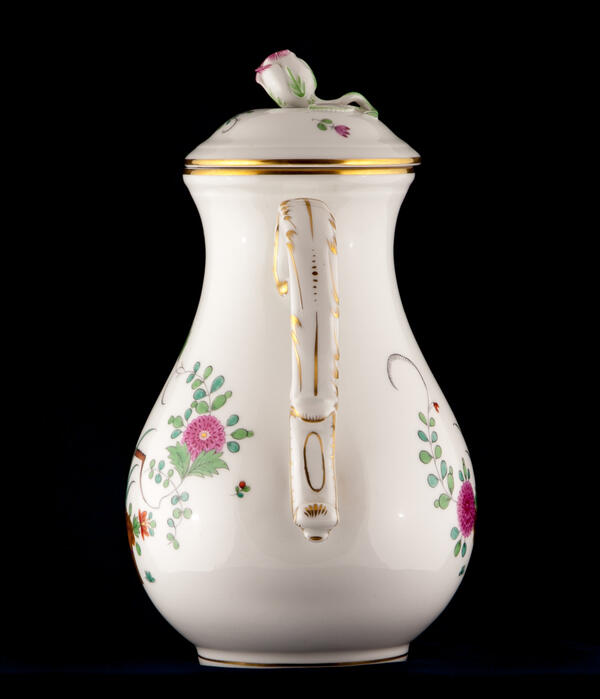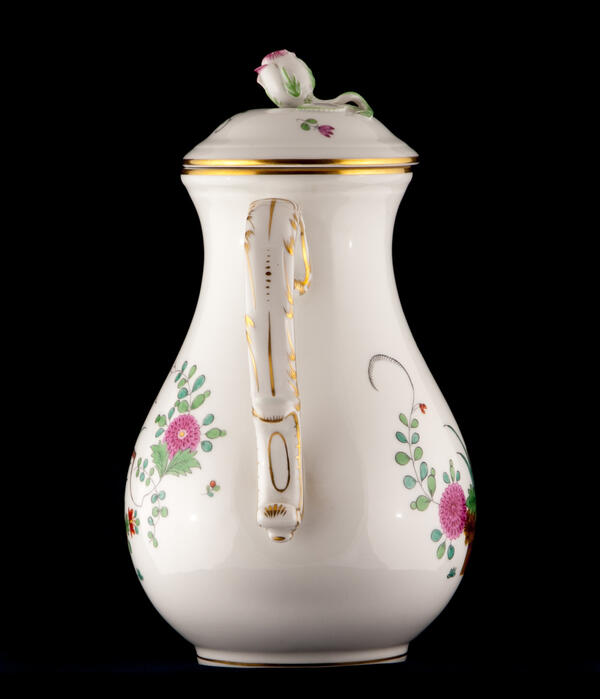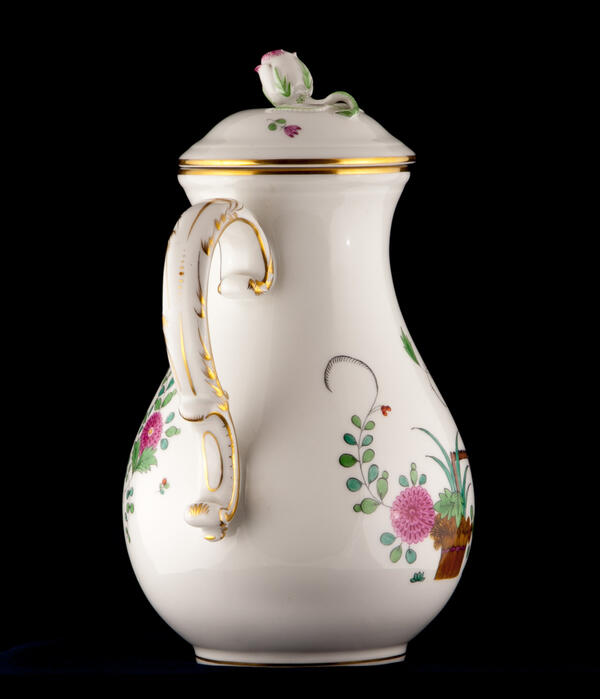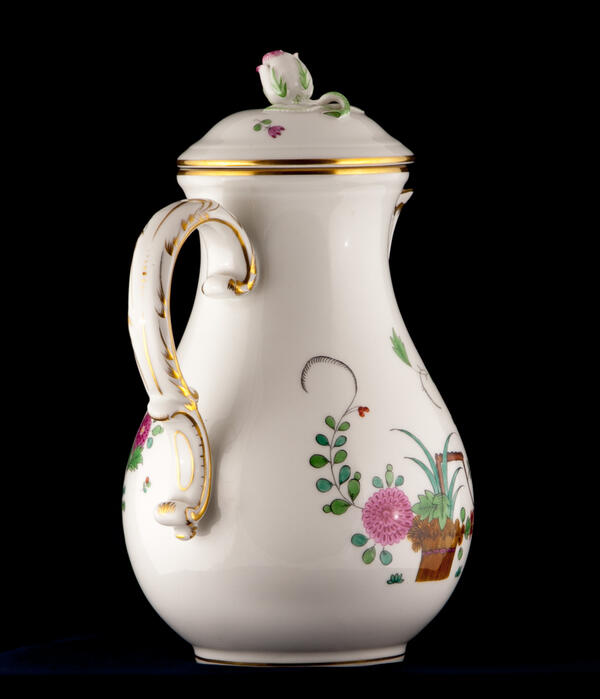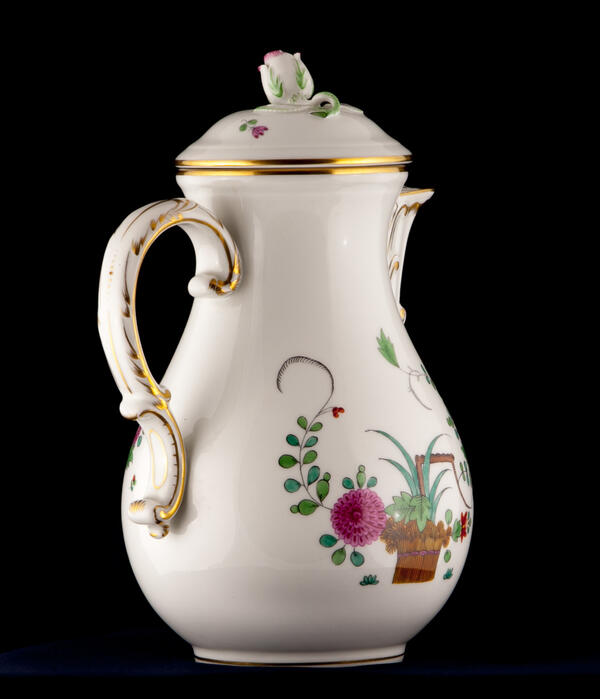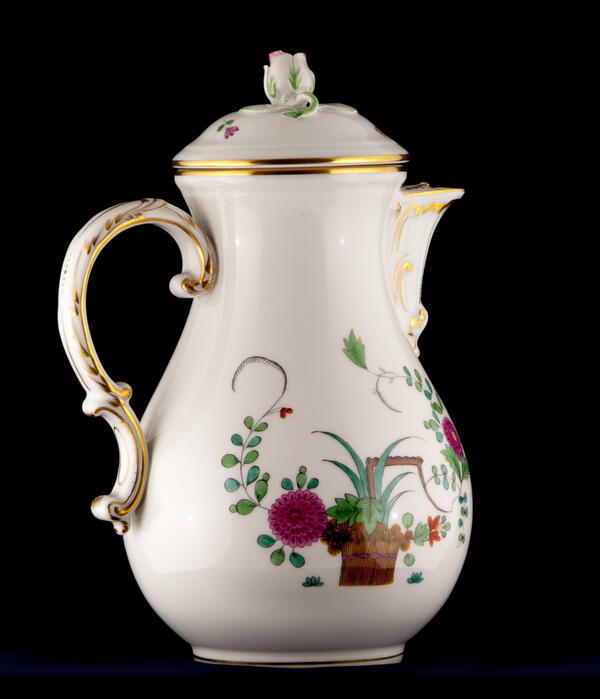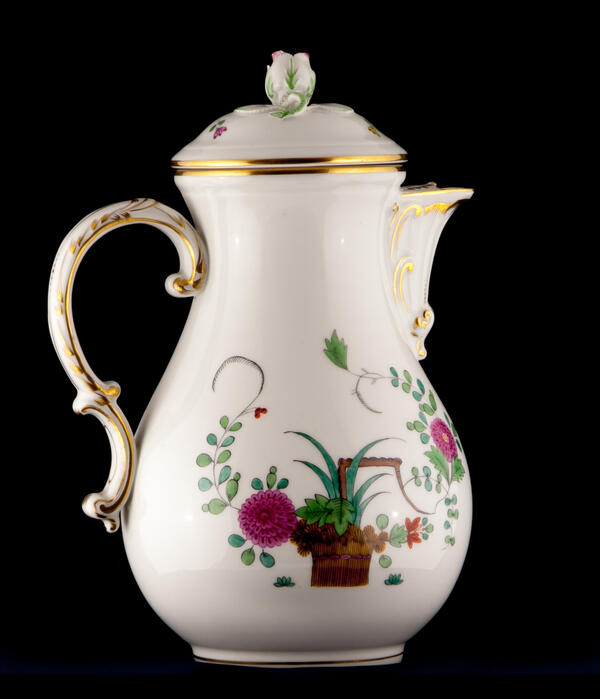Meissen is a brand of German porcelain. The name comes from the Saxon city of Meissen, where the porcelain was first produced in Europe. The first European Porcelain manufactory was founded in 1710, shortly after the discovery of the manufacturing secret of the hard porcelain.
Meissen porcelain immediately became the cult object for secularized Europe. The traditional circle of customers of the Meissen porcelain manufactory includes the richest families in Europe and Russia, and Catherine the Great, counts Stroganov, princes Yusupov, Carl Faberge and many crowned persons of Europe were among the customers of Meissen porcelain in the past.
In conditions of unusually high demand for Meissen porcelain the permanent warehouses of Meissen porcelain were created in many cities of Russia at the end of the 18th century. They were located in St. Petersburg, Moscow, Kiev, Mitau, Poltava, Revel and other cities.
According to Meissen, today when creating Meissen porcelain, about 10,000 shades of paints are used. Paint recipes are kept in the strictest confidence. The Meissen Porcelain Manufactory produces about 175,000 types of the porcelain items.
Meissen porcelain immediately became the cult object for secularized Europe. The traditional circle of customers of the Meissen porcelain manufactory includes the richest families in Europe and Russia, and Catherine the Great, counts Stroganov, princes Yusupov, Carl Faberge and many crowned persons of Europe were among the customers of Meissen porcelain in the past.
In conditions of unusually high demand for Meissen porcelain the permanent warehouses of Meissen porcelain were created in many cities of Russia at the end of the 18th century. They were located in St. Petersburg, Moscow, Kiev, Mitau, Poltava, Revel and other cities.
According to Meissen, today when creating Meissen porcelain, about 10,000 shades of paints are used. Paint recipes are kept in the strictest confidence. The Meissen Porcelain Manufactory produces about 175,000 types of the porcelain items.

